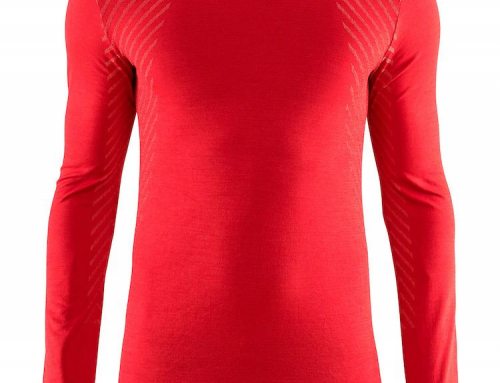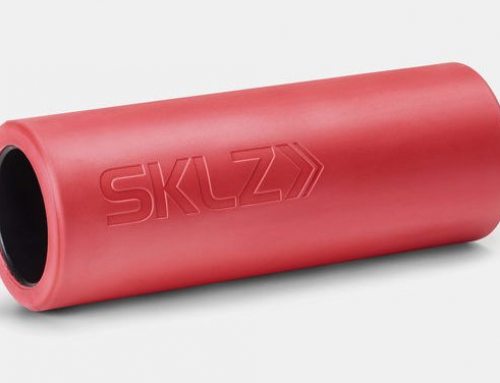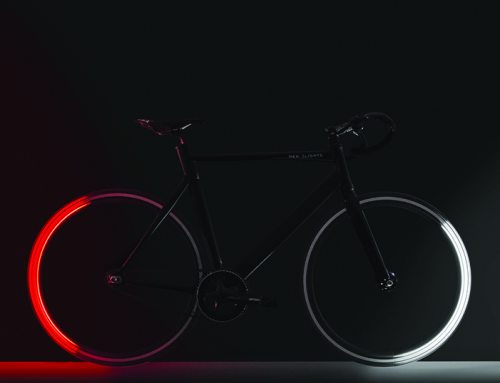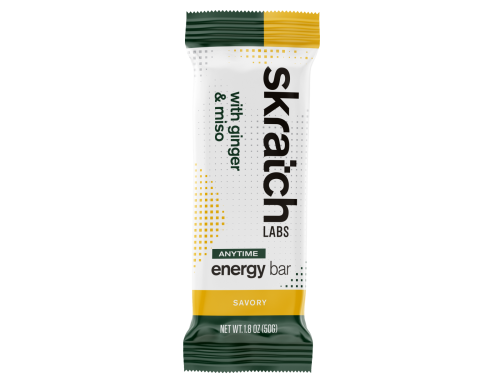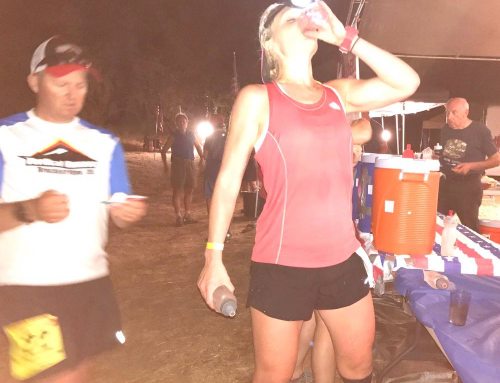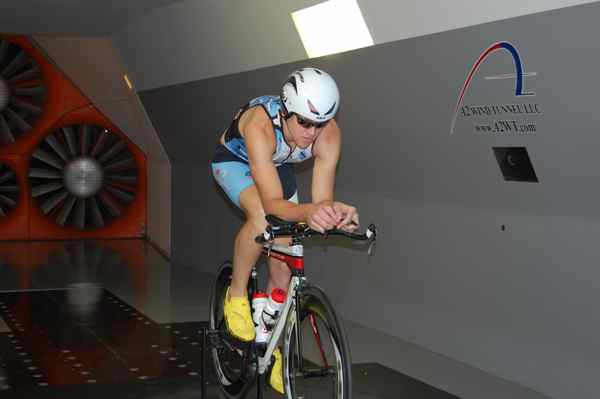
By Justin Park
The A2 Wind Tunnel in Mooresville is one of the few places in the United States where an individual athlete can test how aerodynamic his or her position is on the bike. I recently went to the tunnel because my recent races had revealed that something in my performance was missing. Based on the wattages that I was holding for both the 40k effort required in an Olympic-distance triathlon and the 56-mile effort demanded by a half-Iron distance race, I was in some of the best cycling shape of my life. But my time splits relative to my competitors indicated unmistakably that something was being lost between the power that I was pushing through the pedals and the speed that my bike held on the race course. I was losing more than eight finish places through my bike split alone.
As a cyclist or triathlete, overcoming your own drag is the largest factor in determining speed on the road, as anywhere from 70% to 90% of your power output is directed toward overcoming the resistance of air. There are only two ways to overcome the resistance of air: increase your power output or reduce your drag. Based on the amount of power that I was already producing through years of training, it was highly unlikely that I could overcome my significant time deficiencies through an increase in power output. Therefore, my only hope would be to reduce the amount of my drag. According to Mike Beaman, the bike manager at Inside Out Sports, one of my primary sponsors, the only way to be certain that I was successful in doing so would be to measure my drag in a wind tunnel.
After my first run, or “tear,” Jim O’Brien, a UCI professionally licensed mechanic who has worked at the highest levels of American cycling for more than 18 years, and the man in charge of the bikes at the tunnel revealed that my position change saved me 24 watts, nearly 8% of the power that I produce at half-Ironman race pace. Compare that with my training, where I swim, bike, and run 25-30 hours per week nearly every week of the year in the hopes of seeing a 2% to 3% improvement. We had tripled that gain within the first 25 minutes of my visit to the tunnel and remarkably, our only adjustment was to move my forearm pads inward by about 2 centimeters!
Therein lies the principal benefit of the wind tunnel: immediate and accurate feedback. While nearly every other performance-based product makes claims as to how fast it might make you, the A2 Wind Tunnel reveals exactly what products work to reduce your drag and provides you with a precise number as to how much time a particular product saves. No other product is so honest. You take a 30- to 45-second tear in the tunnel, the computers measure your drag, and a person enters the tunnel to tell you whether your change was beneficial. Simple as that.
Not so simple, is the cost. While highly effective and productive, not to mention nearly 50 percent cheaper than some other wind tunnels, time at A2 is far from cheap: $420, to be exact.
Unfortunately, that cost is often what deters an athlete from testing. But in less than one hour of testing, I spent $420 and saved 24 watts. Many athletes spend more than $2,000 on new race wheels that might save just 10 watts. If you go to the tunnel with a pre-established protocol for testing that makes the most efficient use of your time, and bring relevant gear that can have a substantial impact on aerodynamics – aerobars, helmets, wheels, and even a few different bike frames, if possible – comparatively speaking, the A2 Wind Tunnel is a bargain.
What exactly is the A2 Wind Tunnel?
It is a testing laboratory somewhat resembling an old airplane hangar that has a controlled environment used to understand aerodynamically what is happening to a particular shape or object – in this case, a bike and a rider. The wind tunnel is used to quantify and validate what is going on aerodynamically to the bike and rider by measuring forces exerted on the body through a six-component balance underneath the floor that the bike is fixed to with adjustable wheel pads. In other words, a variable is adjusted (either through a positional change or different bike component) and each test will measure the drag, down force, and side force in order to see the big picture of what is happening as a result of the adjusted variable.
I sat down with Dave Salazar, the general manager of the tunnel and man responsible for controlling and analyzing the seemingly endless supply of computers taking various measurements onsite, at the end of nearly three hours of testing. He extrapolated my results into the only medium relevant to me: time savings. Several changes to my position had yielded a savings of 28 watts. Trials with different aero helmets had landed me an additional 4 watts. Finally, a new bike frame – the Specialized Shiv – found me a final 10 watts. Over the course of 56 miles, I was now 3 minutes and 53 seconds faster at my current performance level. Over 40 kilometers, I was 1 minute and 48 seconds faster. Not only had my bike split deficiency been explained, but I had found “free” speed even on top of that. Putting these savings into a recent race would have improved my finish position from ninth to second without any change in effort.
# # #
Justin Park is a former corporate attorney who has been competing full-time as a professional triathlete for nearly four years. He trains and resides in Chapel Hill and focuses his attention on both non-draft Olympic and half-Ironman distance racing. Justin has finished on the podium multiple times at some of the world’s largest triathlons and has set several course records during his career. In addition to triathlon, Justin also serves as the executive fitness director for the Carolina Clinic at UNC, an executive wellness program. To learn more about Justin, please visit his website at www.justinparkracing.com.


